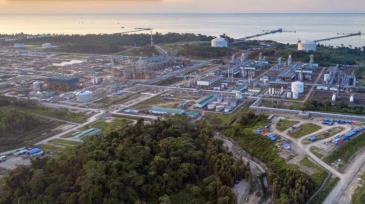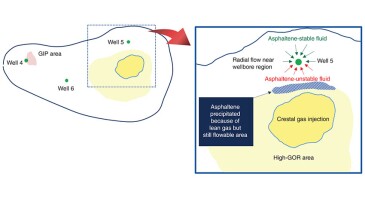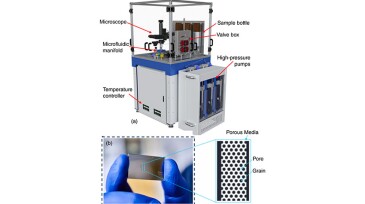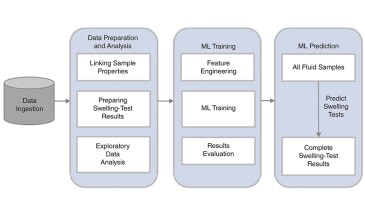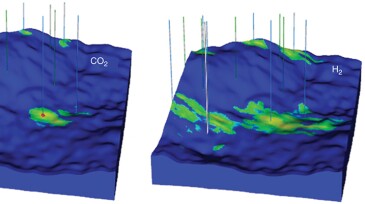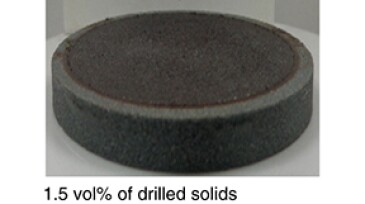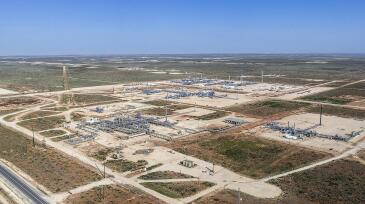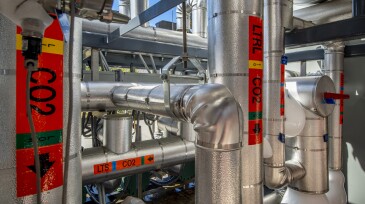gas injection
-
The plan calls for developing a gas field, CCUS, and onshore compression, with first production expected in 2028.
-
This paper reports the observation of stealth asphaltenes, a potential flow-assurance issue, by means of experimental analysis.
-
The authors present an efficient microfluidic platform to measure high-quality minimum miscibility pressure data of CO2 with various impurities faster and easier.
-
The authors of this paper present a machine-learning-based solution that predicts pertinent gas-injection studies from known fluid properties such as fluid composition and black-oil properties.
-
SponsoredThe Wyoming Gas Injection Initiative (WGII) makes available $22 million of matching funds from the State of Wyoming to implement, in close collaboration with oil and gas operators and Dow, multiple field pilot projects in the State of Wyoming. The Initiative will fund projects over a 3- to 5-year period to support developments with significant potential to enhance wel…
-
SponsoredThe Wyoming Gas Injection Initiative (WGII) makes available $22 million of matching funds from the State of Wyoming to implement, in close collaboration with oil and gas operators and Dow, multiple field pilot projects in the State of Wyoming. The Initiative will fund projects over a 3- to 5-year period to support developments with significant potential to enhance wel…
-
Building up the world’s hydrogen base will need technological breakthroughs and a lot of new demand. But to store it, the world needs reservoir engineers and other subsurface experts.
-
This paper discusses the results of extensive laboratory tests used for the customization of a reservoir drill-in fluid and a delayed breaker—and their field performance—for two deepwater gas-injector wells.
-
Gas processor Lucid Energy is moving forward with a plan to inject a mix of carbon dioxide and hydrogen sulfide deep below New Mexico’s portion of the Permian Basin. The project is designed to keep injecting for 30 years.
-
Broad consensus is forming on the need for a massive expansion in global carbon capture and storage (CCS) capacity. But what are the uncertainties, bottlenecks, and opportunities in the subsurface that await CCS planners?
Page 1 of 2

